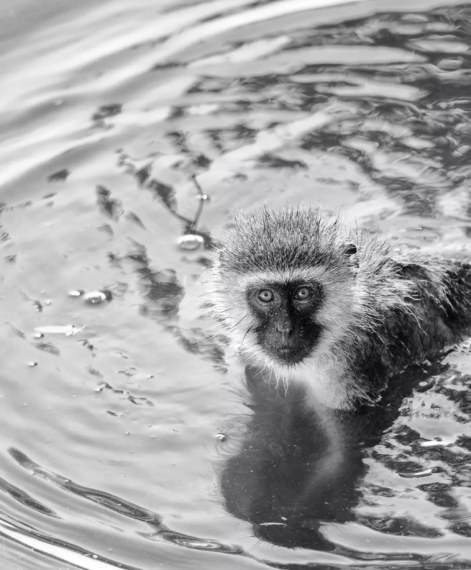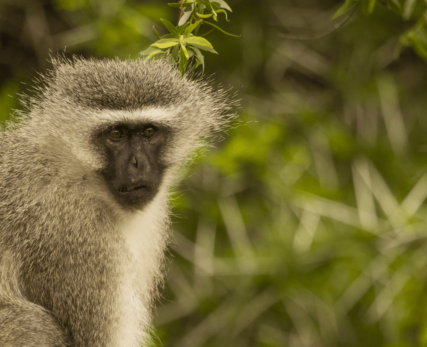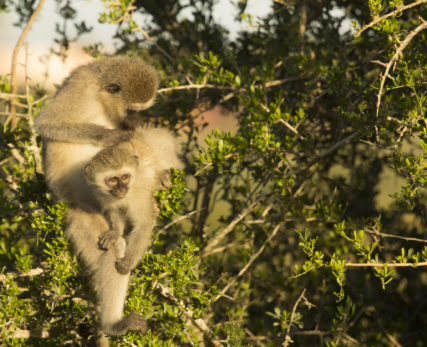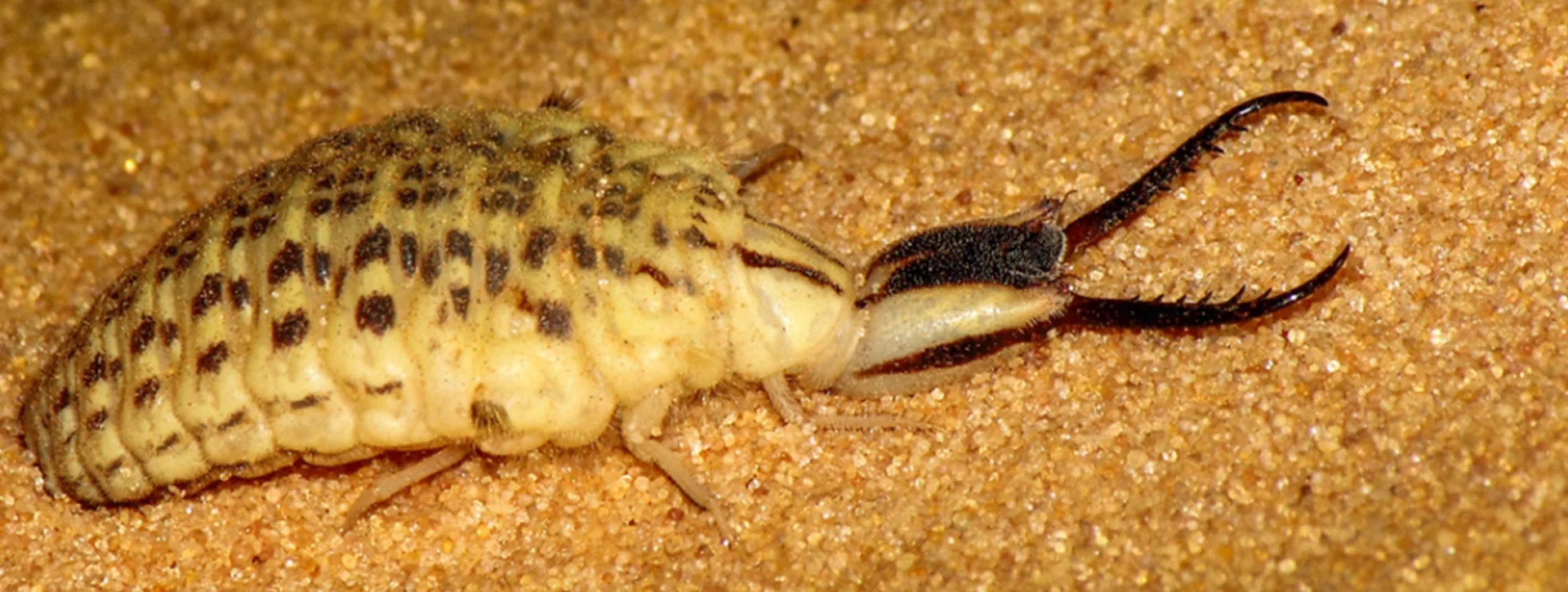As a Shamwari guest, you would have undoubtedly seen a few vervet monkeys during your stay. Whether it be out on game drive; where they play in trees and sit on treetops or at the lodge, foraging in the surrounding vegetation.
Vervet monkeys at Shamwari
Although there are several sub-species of vervets, they are all generally medium-sized and are silvery-grey in colour. Their face, ears, hands, feet and tip of their tails are black. The males are slightly larger than the females and are easily identifiable by their turquoise-blue scrotum.
These mammals inhabit large parts of sub-Saharan Africa and prefer riverine and woodland habitats bordering savannas. Vervets are heavily dependant on a permanent water source as they need to drink water daily, and large trees for food and cover. They are prolific climbers and jumpers and spend most of their time in trees.




